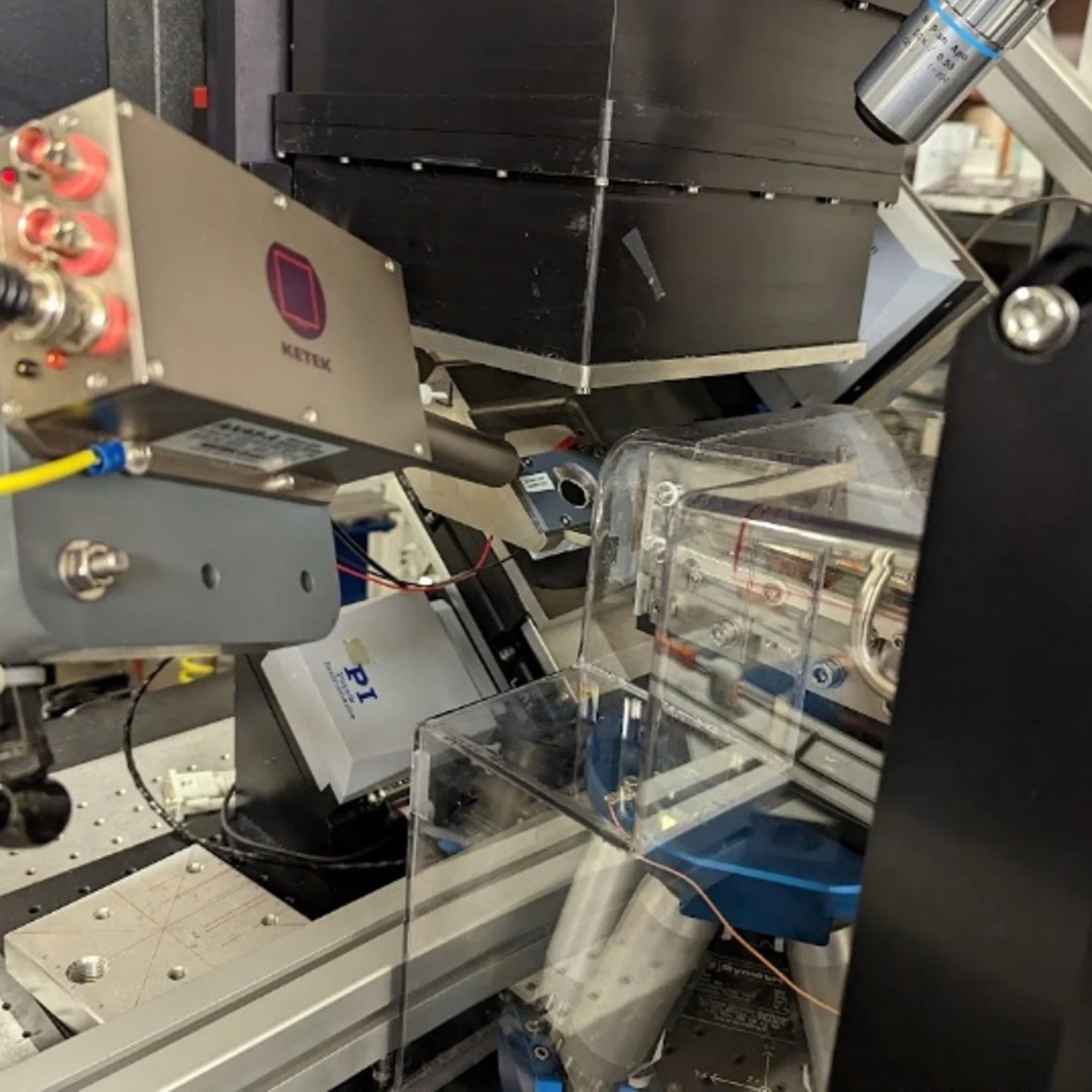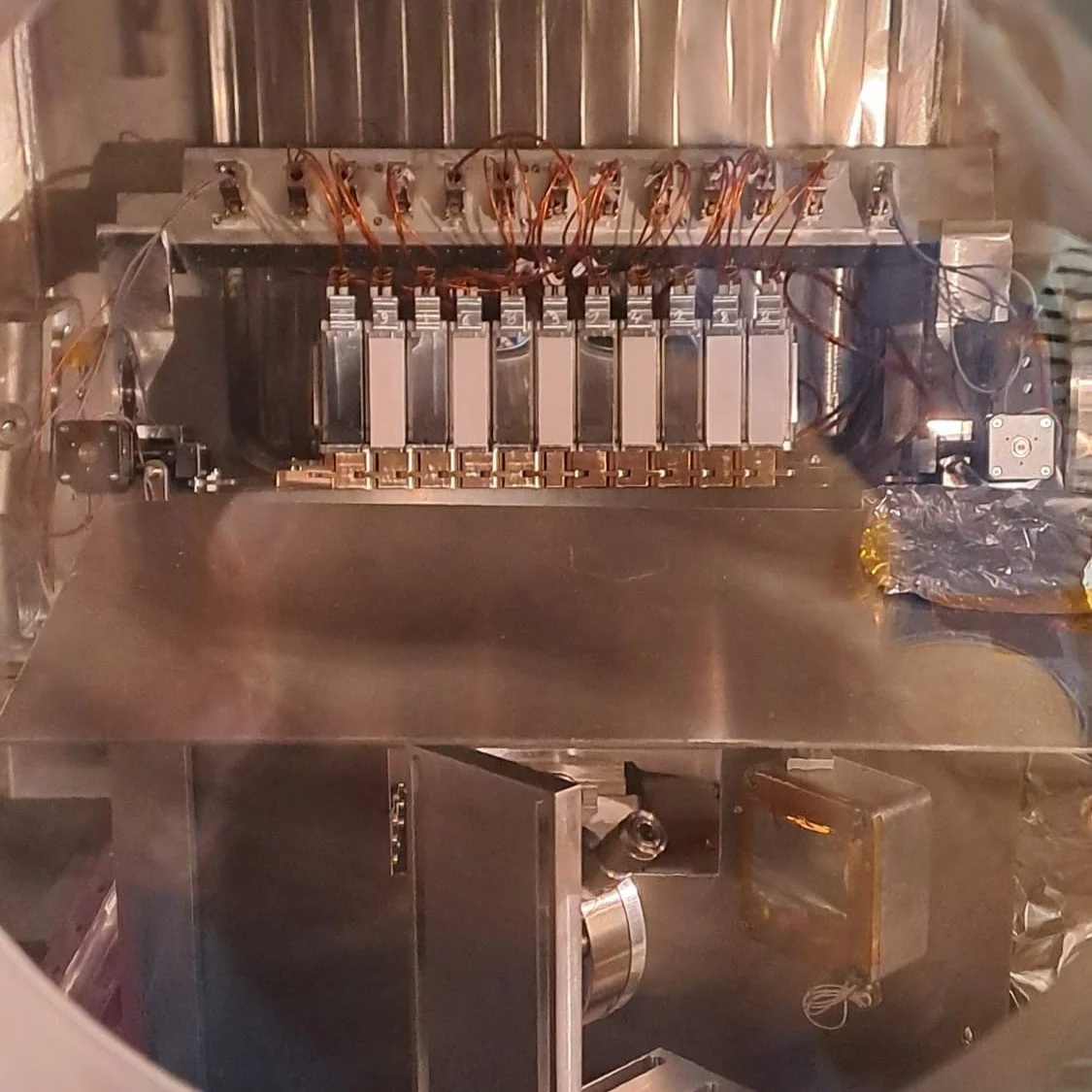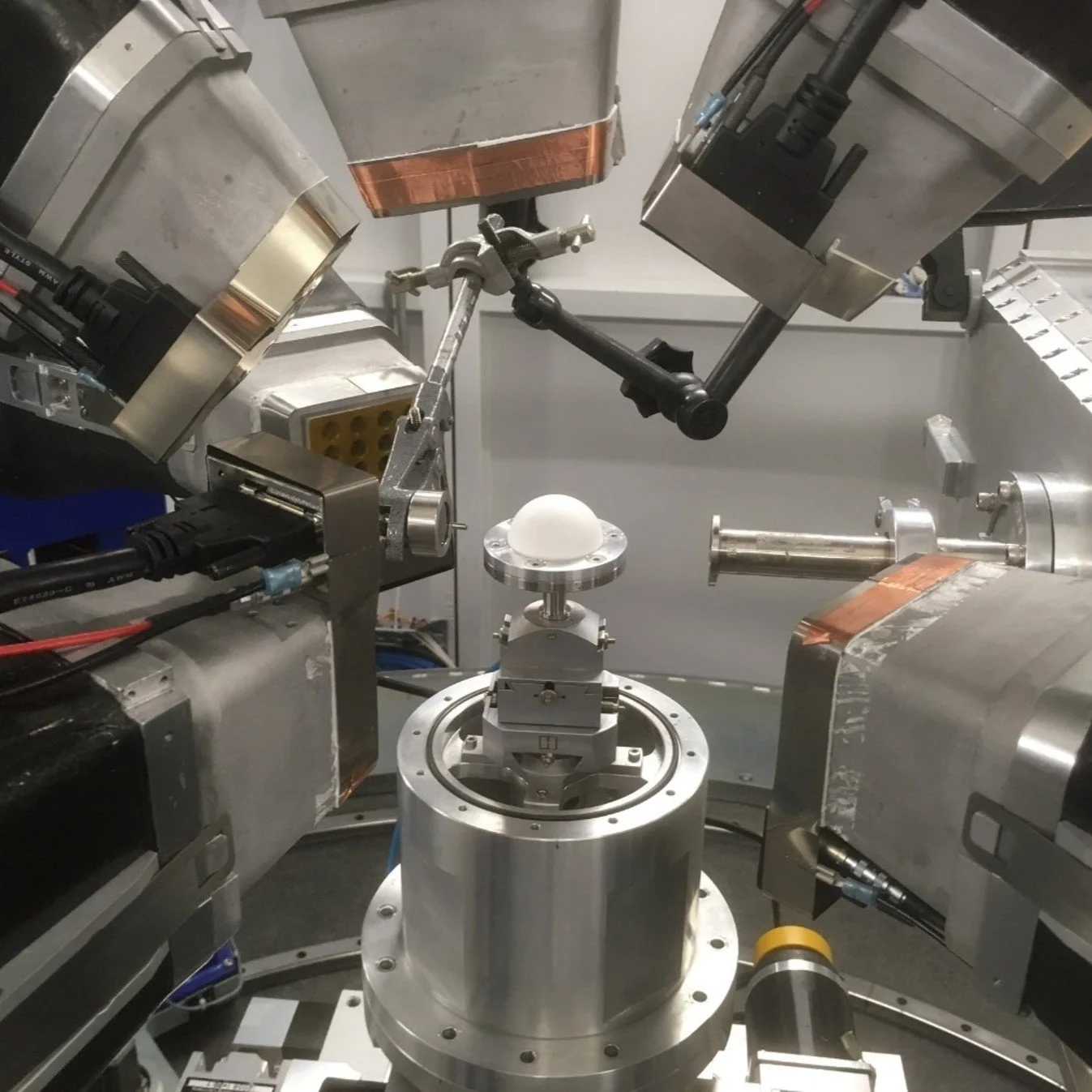Beamlines
The Hub coordinates experiments on 6 core beamlines selected for their complementarity and ability to accommodate operando conditions: BM32, ID13, ID31, ID16B, ID26, ID20.
BM32
BM32 provides unique capabilities for sub-micron scale distribution of strain/stress over multiple particles thanks to the MicroLaue technique and complementary XRR analysis to probe degradation layers formed with Angström resolution during cycling.
ID16B
ID16B is a versatile station providing a large list of complementary techniques (nano-CT, nano-XRF, XANES, XEOL, XBIC) at the sub-micron scale. The core technique for the Hub is nano-CT for accessing precise materials morphology characterization at the nano-scale under ex situ/post mortem as well as in situ/operando conditions (in-house developed cell).
ID13
ID13 allows fast and highly spatially-resolved profiling of low-attenuating material (micro-sized beam at E<23keV), particularly suited to fast scan capillary batteries loaded with advanced materials, which is crucial to monitor heterogeneities in anodes/cathodes/electrolytes of different types.
ID26
ID26 allows to access tender X-ray emission spectroscopy (and therefore high resolution XAS) and especially the S K-edge, which is of particular interest for sulfide-based solid electrolytes.
ID31
ID31 allows to combine multiple techniques in one single experiment (WAXS/SAXS/CT/XRF/GISAXS). It is operable for inhouse-developed cell geometries as well as industrial standard ones (high energy, Scattering Computed Tomography is available in operando mode).
ID20
ID20 provides unique access to low Z elements in the bulk with XRS (e.g., carbon and oxygen K edge and transition metals’ L edges (e.g., Ni)) and additional information on the electronic structure of transition metals by XES.






